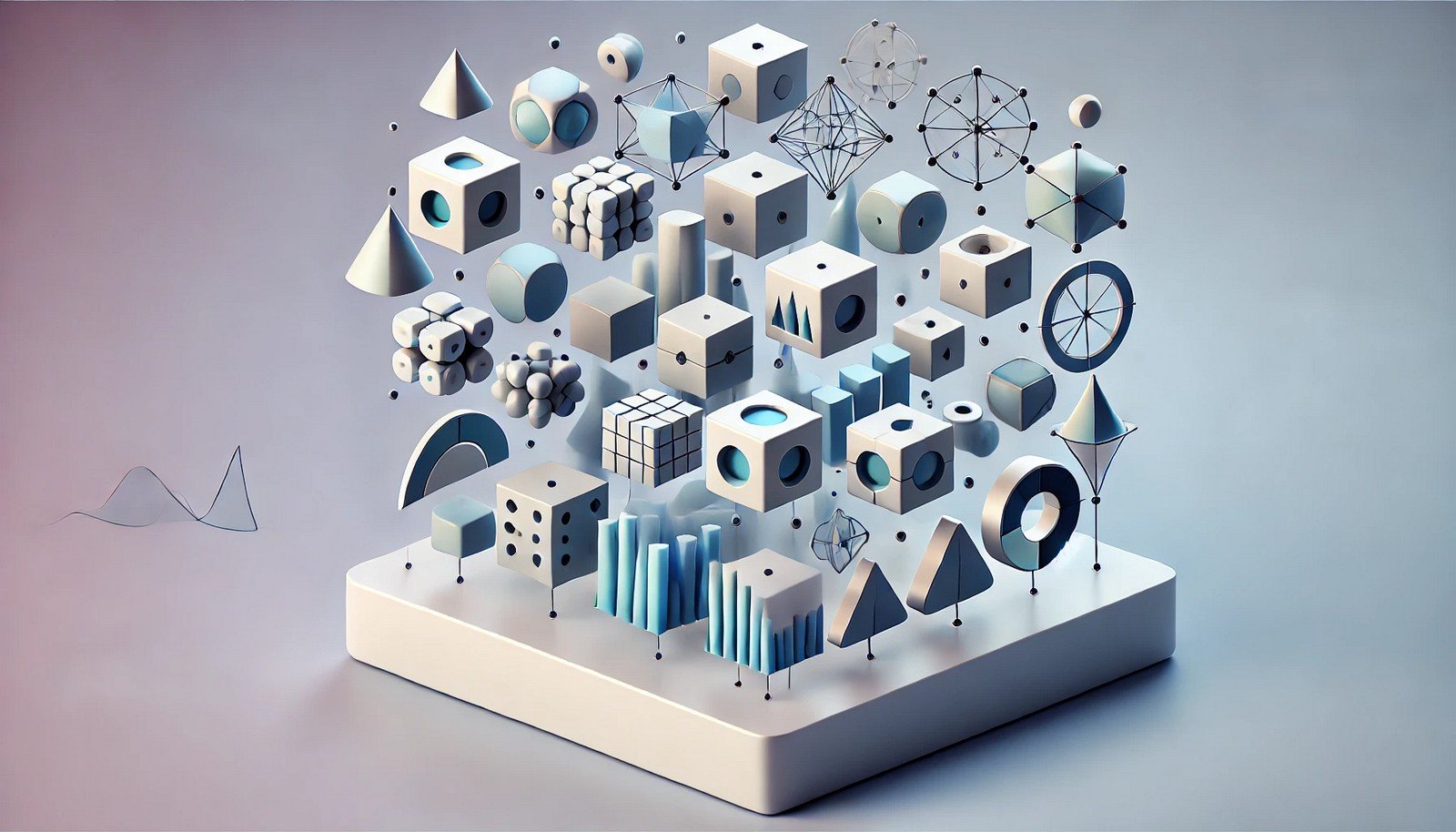Orthogonal Regularization

Quick Navigation:
- Orthogonal Regularization Definition
- Orthogonal Regularization Explained Easy
- Orthogonal Regularization Origin
- Orthogonal Regularization Etymology
- Orthogonal Regularization Usage Trends
- Orthogonal Regularization Usage
- Orthogonal Regularization Examples in Context
- Orthogonal Regularization FAQ
- Orthogonal Regularization Related Words
Orthogonal Regularization Definition
Orthogonal Regularization is a machine learning method used to minimize the correlation between features in a neural network. By promoting independence between features, this technique improves the model's generalization ability, allowing it to make more accurate predictions on unseen data. Orthogonal regularization is crucial for preventing overfitting, as it encourages diverse, non-redundant feature learning that improves efficiency and performance in deep learning models.
Orthogonal Regularization Explained Easy
Think of Orthogonal Regularization like a team where everyone does a different job. If everyone repeats each other’s work, it's slower and less effective. Orthogonal Regularization makes sure each part of the model focuses on something unique, helping it work faster and make better predictions.
Orthogonal Regularization Origin
Orthogonal Regularization originated from the need for improved generalization in machine learning models. The development of deep learning in the 2010s highlighted the importance of feature diversity, leading researchers to explore ways to encourage this within neural networks.
Orthogonal Regularization Etymology
The term "orthogonal" in Orthogonal Regularization refers to the mathematical concept of orthogonality, where vectors are perpendicular, representing independence or non-overlap between features in the model.
Orthogonal Regularization Usage Trends
With the growing application of deep learning, Orthogonal Regularization has gained traction, particularly in image and speech recognition fields. By enhancing model generalization and reducing overfitting, it supports applications requiring high accuracy and efficiency, like autonomous driving and medical diagnostics.
Orthogonal Regularization Usage
- Formal/Technical Tagging:
- Machine Learning
- Neural Networks
- Feature Engineering
- Deep Learning Regularization - Typical Collocations:
- "orthogonal regularization technique"
- "feature orthogonality"
- "regularization in neural networks"
- "orthogonal constraints in AI models"
Orthogonal Regularization Examples in Context
- Researchers applied Orthogonal Regularization to improve model accuracy in detecting anomalies in medical imaging.
- In natural language processing, Orthogonal Regularization helps in learning independent linguistic features, enhancing model interpretability.
Orthogonal Regularization FAQ
- What is Orthogonal Regularization?
Orthogonal Regularization is a method to reduce correlation between neural network features to improve generalization. - Why is Orthogonal Regularization important?
It helps models avoid overfitting by encouraging diverse, unique feature learning. - How does Orthogonal Regularization work?
It penalizes correlated features, guiding the model to learn independent patterns. - What are applications of Orthogonal Regularization?
Common uses include image and speech recognition, medical diagnostics, and autonomous systems. - Does Orthogonal Regularization increase model accuracy?
Yes, by enhancing feature diversity, it often improves predictive accuracy. - Is Orthogonal Regularization used in convolutional networks?
Yes, it's widely used in CNNs to improve feature extraction. - What is the benefit of feature orthogonality?
It prevents redundancy, leading to more efficient, effective learning. - Does Orthogonal Regularization impact model training time?
It may increase training time but results in more robust models. - How does it differ from other regularization methods?
Unlike L2 regularization, which penalizes large weights, Orthogonal Regularization penalizes feature correlation. - Can Orthogonal Regularization be combined with other techniques?
Yes, it can be combined with methods like dropout to further improve model performance.
Orthogonal Regularization Related Words
- Categories/Topics:
- Machine Learning
- Neural Networks
- Deep Learning
- Model Generalization
Did you know?
Orthogonal Regularization plays a critical role in training neural networks for advanced AI applications. Google’s research team uses it in various models to enhance performance in voice recognition systems, achieving high accuracy across different accents and languages.
PicDictionary.com is an online dictionary in pictures. If you have questions or suggestions, please reach out to us on WhatsApp or Twitter.Authors | Arjun Vishnu | @ArjunAndVishnu

I am Vishnu. I like AI, Linux, Single Board Computers, and Cloud Computing. I create the web & video content, and I also write for popular websites.
My younger brother, Arjun handles image & video editing. Together, we run a YouTube Channel that's focused on reviewing gadgets and explaining technology.



Comments powered by CComment